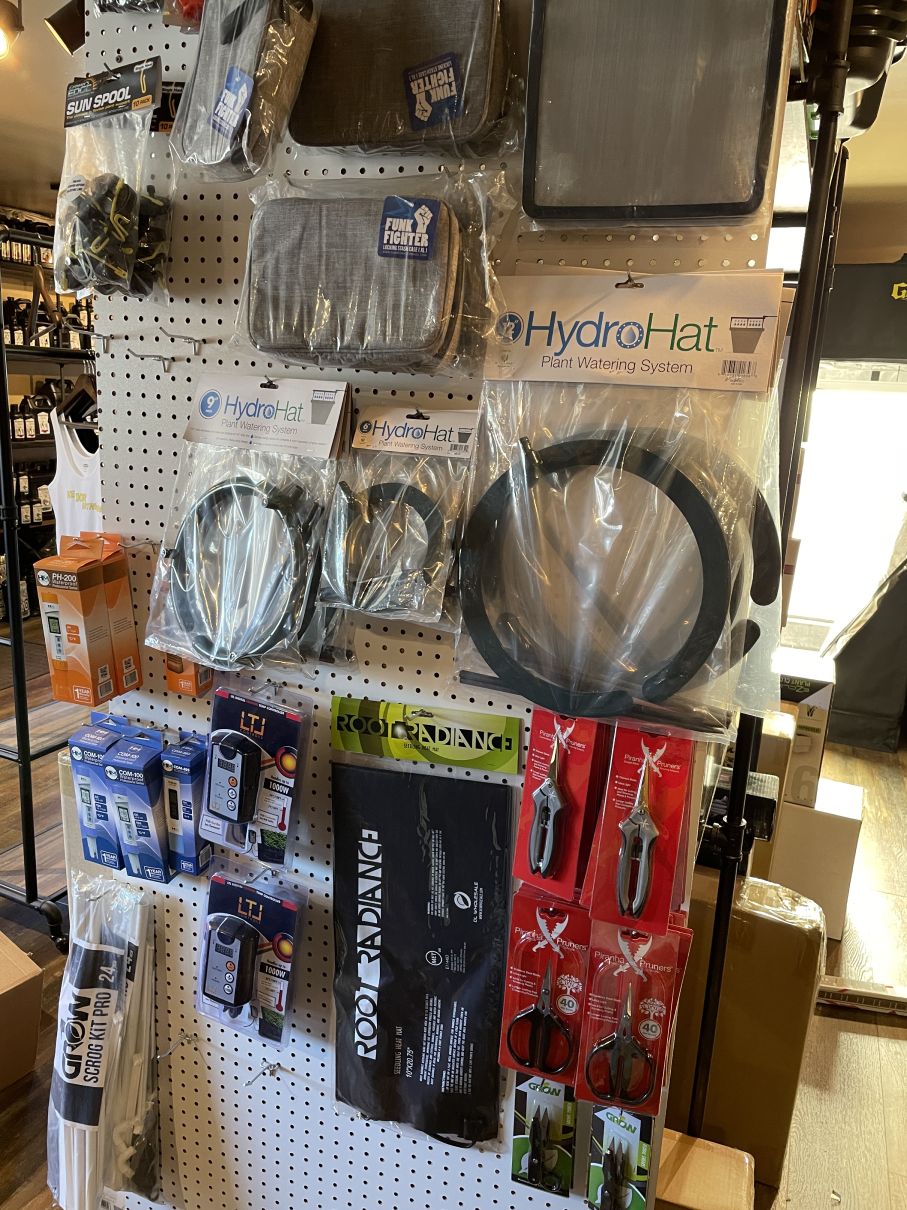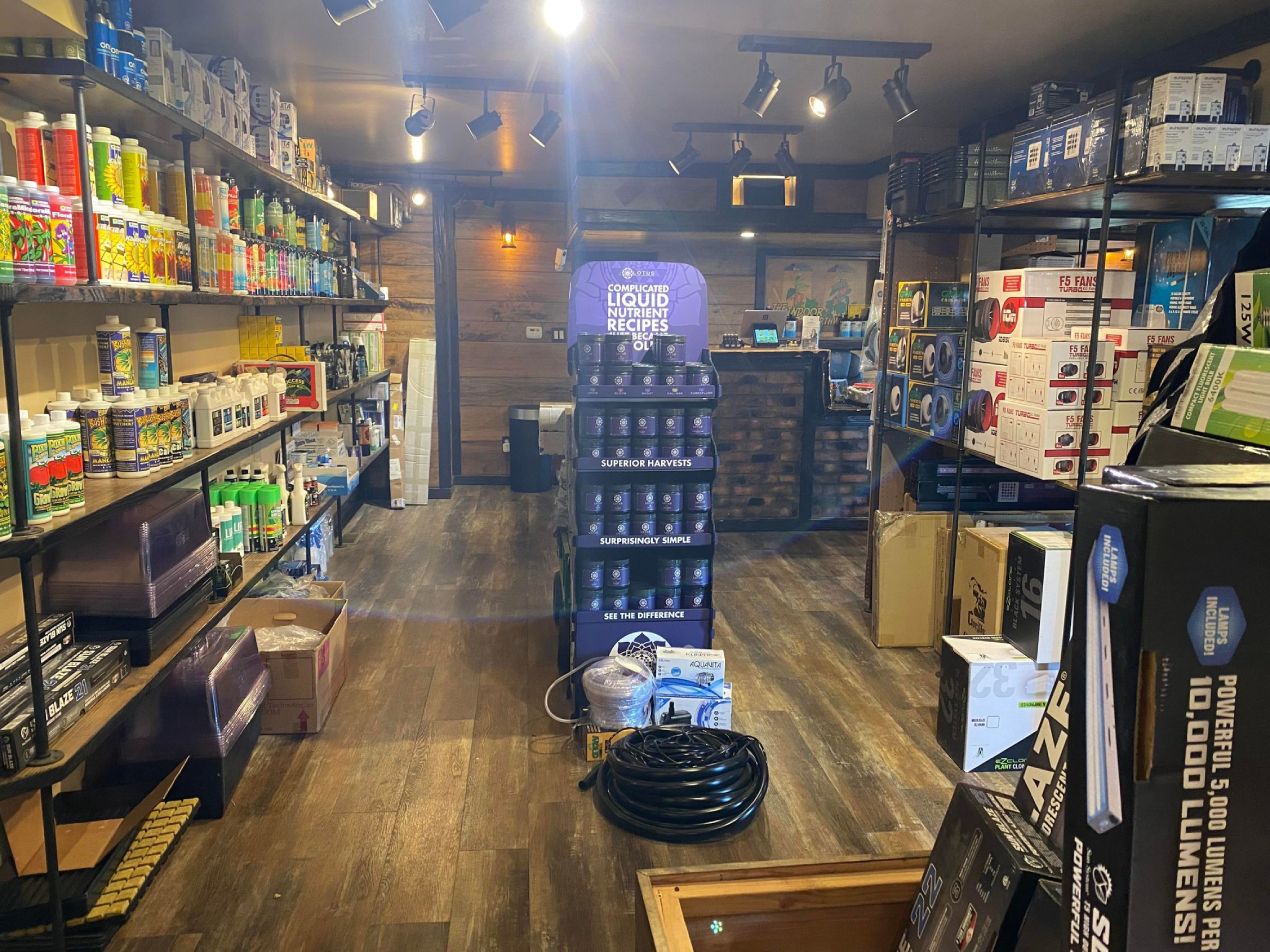The Ultimate Guide to Hydroponic Solutions and Techniques
In the globe of contemporary agriculture, hydroponic systems have emerged as a cutting-edge method for cultivating plants without dirt. As we reveal the details of hydroponics in this comprehensive guide, we will navigate through the different kinds of systems, check out the essential nutrients essential for plant development, and dive right into sophisticated strategies that can dramatically enhance yields.
Benefits of Hydroponic Solutions
Hydroponic systems offer a wide variety of advantages, including efficient source use and specific nutrient delivery to plants. By providing a regulated setting for plant development, hydroponic systems enable optimal water and nutrient usage, causing higher returns compared to conventional soil-based farming. This effectiveness not only saves sources yet also decreases waste, making hydroponic systems eco friendly.
Moreover, the accurate distribution of nutrients in hydroponic systems permits modification based on the specific requirements of each plant range. This targeted approach makes sure that plants get the ideal balance of vital nutrients, advertising healthier growth and minimizing the risk of nutrient deficiencies or inequalities. In addition, the ability to readjust and keep an eye on nutrient levels in real-time maximizes plant performance and general plant top quality.
Moreover, hydroponic systems get rid of the need for herbicides and pesticides, as the closed-loop system decreases the risk of insects and illness that are generally located in soil-based farming - The Indoor Earthworm. This not only profits the plants and the setting yet likewise contributes to generating cleaner, much healthier crops for intake
Types of Hydroponic Setups

Deep Water Society (DWC) entails putting on hold plant origins in a nutrient service, enabling for enough oxygenation. Nutrient Movie Strategy (NFT) utilizes a shallow stream of nutrient remedy streaming over the plant roots, supplying a continuous supply of nutrients. Ups and downs systems flooding the plant roots at periods, guaranteeing they get nutrients and oxygen. Drip systems involve trickling a nutrient service onto the plant roots, supplying specific control over feeding. Aeroponics hazes the plant roots with a nutrient solution, making best use of oxygen absorption.
Each kind of hydroponic configuration has its benefits and is matched to various plant varieties and development stages. Comprehending the unique attributes of these systems can aid hydroponic growers pick the most ideal arrangement for their details demands and choices.
Necessary Nutrients for Hydroponics
In hydroponic systems, plants count on an exact balance of vital nutrients to flourish and expand efficiently. These essential nutrients are vital for various plant features such as photosynthesis, root development, and general development.
In enhancement to macronutrients, plants likewise need secondary nutrients like magnesium, sulfur, and calcium, as well as micronutrients such as iron, copper, zinc, and manganese (The Indoor Earthworm). These nutrients are important for making sure that plants have all the essential foundation to perform essential organic processes

Advanced Strategies for Maximum Return
To attain ideal returns in hydroponic systems, farmers can execute innovative strategies that enhance plant growth and efficiency. Furthermore, employing techniques like plant training and trimming can help enhance light circulation and air movement, making sure that all components of the plant obtain sufficient light and nutrients. Utilizing automated systems for nutrient delivery and surveillance can help preserve optimal nutrient degrees, lowering the threat of shortages or discrepancies read the full info here that can impede plant development.
Troubleshooting Common Hydroponic Issues
When encountered with obstacles in hydroponic systems, cultivators often encounter common problems that can prevent plant growth and efficiency. One widespread issue is vitamins and mineral deficiencies, where plants lack vital aspects for healthy growth. To battle this, normal tracking of nutrient degrees and changing the nutrient option appropriately is essential. An additional usual concern is pH discrepancy, which can result in vitamins and mineral lockout and bad absorption. Preserving the appropriate pH range specific to the plant being grown is vital for optimal nutrient uptake. Furthermore, inadequate oxygen levels in the root area can cause root rot and stunted development. Making certain appropriate oygenation and oxygenation of the nutrient solution can help prevent this trouble. Parasite invasions, such as aphids or spider termites, can also torment hydroponic systems. Executing incorporated bug monitoring approaches and routinely inspecting plants can assist control and stop infestations. By quickly determining and attending to these common hydroponic concerns, growers can keep healthy plants and take full advantage of returns in their hydroponic systems.
Final Thought
Finally, hydroponic systems offer countless advantages for growing plants effectively. By utilizing numerous sorts of setups and giving necessary nutrients, cultivators can achieve maximum return through progressed methods. It is important to repair common problems that may emerge in order to preserve an effective hydroponic operation. With mindful planning and focus anonymous to detail, hydroponic systems can revolutionize the method plants are cultivated, causing more lasting and productive agricultural techniques.
By providing a controlled setting for plant development, hydroponic systems allow ideal water and nutrient use, leading to higher yields compared to typical soil-based cultivation. The Indoor Earthworm. Nutrient Film Method (NFT) makes use of a look at this web-site superficial stream of nutrient service streaming over the plant origins, providing a continuous supply of nutrients. Tracking and readjusting nutrient degrees based on plant growth stages is vital to preventing nutrient deficiencies or toxicities and maximizing plant efficiency in hydroponic systems
Furthermore, utilizing strategies like plant training and trimming can aid maximize light circulation and air movement, ensuring that all parts of the plant get appropriate light and nutrients. Utilizing automated systems for nutrient shipment and surveillance can help preserve optimum nutrient degrees, minimizing the danger of shortages or discrepancies that can impede plant growth.